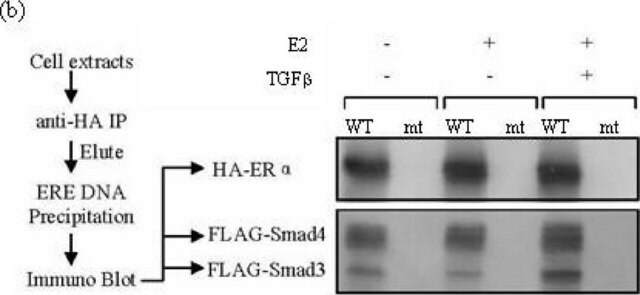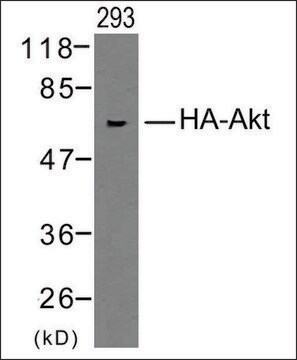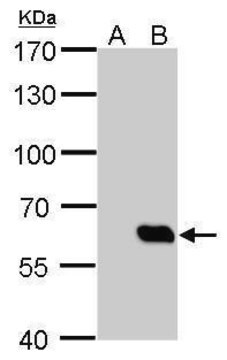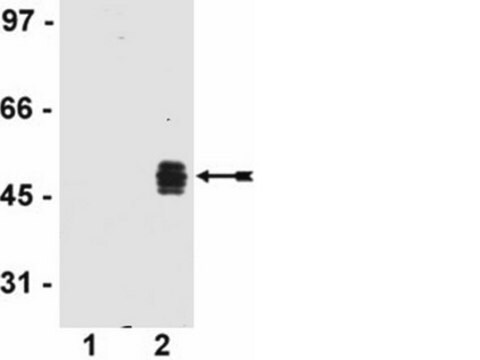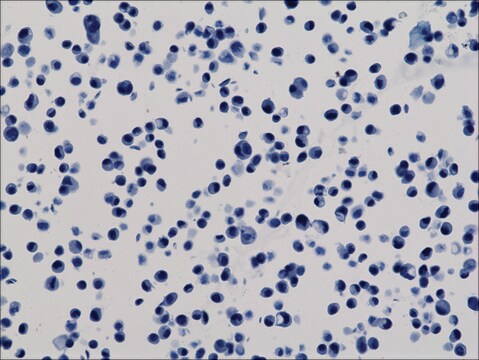SAB5600116
Anti-HA-Tag antibody, Rabbit Monoclonal
recombinant, expressed in HEK 293 cells, clone RM305, purified immunoglobulin
Synonyme(s) :
Human influenza hemagglutinin amino acids 98-106
About This Item
Produits recommandés
Produit recombinant
expressed in HEK 293 cells
Niveau de qualité
Forme d'anticorps
purified immunoglobulin
Type de produit anticorps
primary antibodies
Clone
RM305, monoclonal
recombinant monoclonal
Forme
buffered aqueous glycerol solution
Technique(s)
flow cytometry: 0.1-1 μg/mL
immunocytochemistry: 0.1-1 μg/mL
immunohistochemistry: 0.01-0.5 μg/mL
immunoprecipitation (IP): 0.5-2 μg/mL
western blot: 0.1-1 μg/mL
Isotype
IgG
Conditions d'expédition
wet ice
Température de stockage
−20°C
Modification post-traductionnelle de la cible
unmodified
Catégories apparentées
Description générale
Spécificité
Immunogène
Application
Actions biochimiques/physiologiques
Caractéristiques et avantages
Forme physique
Clause de non-responsabilité
Vous ne trouvez pas le bon produit ?
Essayez notre Outil de sélection de produits.
Code de la classe de stockage
10 - Combustible liquids
Classe de danger pour l'eau (WGK)
WGK 3
Point d'éclair (°F)
Not applicable
Point d'éclair (°C)
Not applicable
Faites votre choix parmi les versions les plus récentes :
Certificats d'analyse (COA)
Vous ne trouvez pas la bonne version ?
Si vous avez besoin d'une version particulière, vous pouvez rechercher un certificat spécifique par le numéro de lot.
Déjà en possession de ce produit ?
Retrouvez la documentation relative aux produits que vous avez récemment achetés dans la Bibliothèque de documents.
Les clients ont également consulté
Global Trade Item Number
| Référence | GTIN |
|---|---|
| SAB5600116-100UG | 4061833351314 |
Notre équipe de scientifiques dispose d'une expérience dans tous les secteurs de la recherche, notamment en sciences de la vie, science des matériaux, synthèse chimique, chromatographie, analyse et dans de nombreux autres domaines..
Contacter notre Service technique


